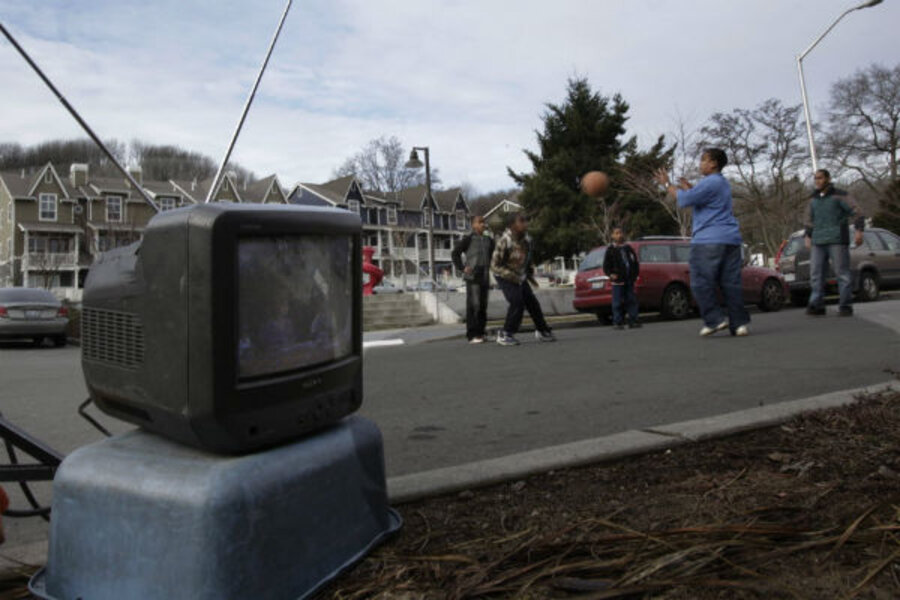Pull that plug: Watching TV is more expensive than many assume
Loading...
Right off the bat, let me make it clear that I don’t think television watching is an inherently bad hobby. My primary concern with it is that it’s an expensive hobby. Let me explain what I mean in detail.
For starters, the average American household has approximately three television sets. The average television set lasts around six years, and the average television set costs $400. That means television costs about $200 a year for the average American home just for the hardware, on average.
The average American household includes approximately four people, and the average American watches 2.8 hours of television per day. Thus, in the average house, the televisions are in use for 11.2 hours per day.
The average American television consumes about 120 watts while in use. Thus, the average household uses 1.3 kWh per day of electricity to power their televisions, or 475 kWh per year.
Also, somewhere between 75% and 90% of American homes have some sort of cable or satellite package. Assuming you have one HD cable box with a DVR and two normal cable boxes, you’re using somewhere around 550 kWh per year just to power the cable boxes.
Assuming an average cost of $0.15 per kWh for energy, the average American household is dropping $150 a year to power their televisions and cable/satellite equipment.
On top of that, the average monthly cable bill was $71 in 2009. While I was unable to find a more current exact number, I did find data that says cable bills rise an average of 5% per year, meaning that a family’s monthly cable or satellite bill this year would be $82. This would add up to $984 per year for the average American household.
Adding all of this up, the average American family is spending $1,334 per year to keep the televisions on and loaded with programming. That’s an expense, any way you slice it.
(Remember, this is the average family. Many families will have fewer televisions or a less expensive package, just as many families will have more televisions and a more expensive package.)
What are you getting for that $1,334 per year? Three hours of each day for the average American is spent watching television. Much of that time is spent selling you products. Even if you ignore the commercials (and they’re designed to not be ignored, even if people think they’re ignoring them), product placement within the programs is incredibly prevalent, with tens of thousands of instances of product placement found just within a few months of just primetime network programming. The shows themselves sell you things, even when they seem to have nothing to do with sales.
If the average American family tossed out their televisions, they would have three more hours per day for other activities per person, save $1,334 per year in energy and programming costs, and significantly reduce their exposure to marketing tactics, which would reduce their desire to buy products.
Even cutting back on television would help in those areas. Limiting television to one hour per day would free up two more hours for the average American, trim their energy bill back a bit, and reduce their exposure to marketing. Cutting one’s cable package would also significantly reduce spending, as can choosing not to replace the third set in your home.
Television seems inexpensive on the surface because the cost of it is stripped away from the everyday use. Most of the time, you go hit a button, the television is on, and it seems as if it comes into our homes for free. However, there is a lot of cost associated with television use, and you can greatly cut back on that cost with just a few simple choices.






